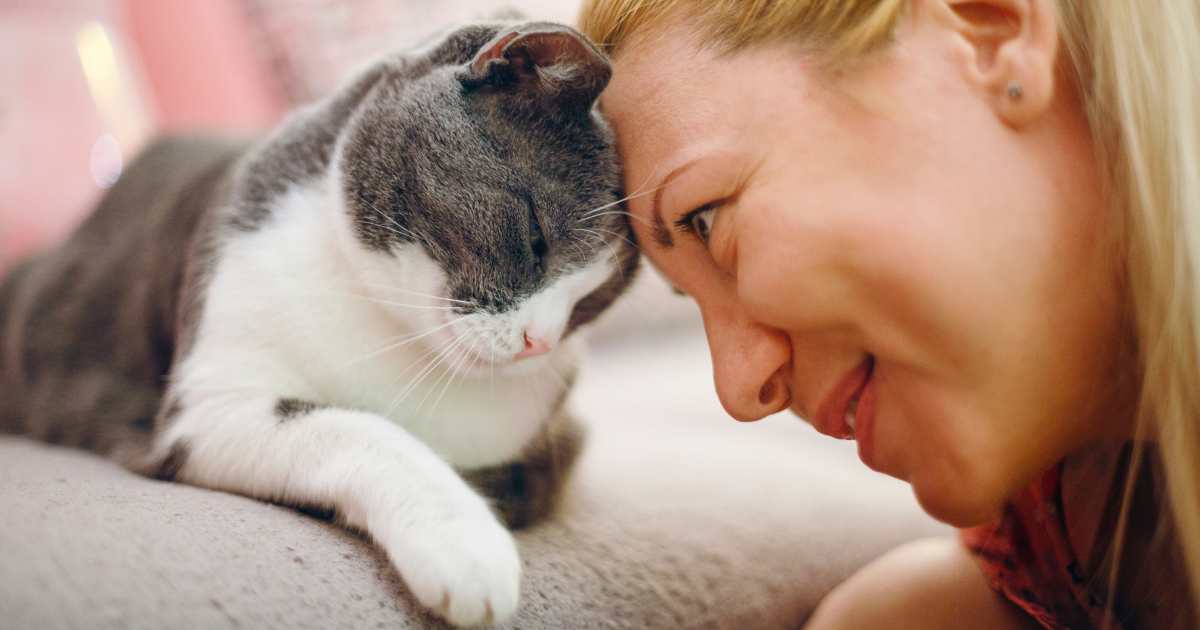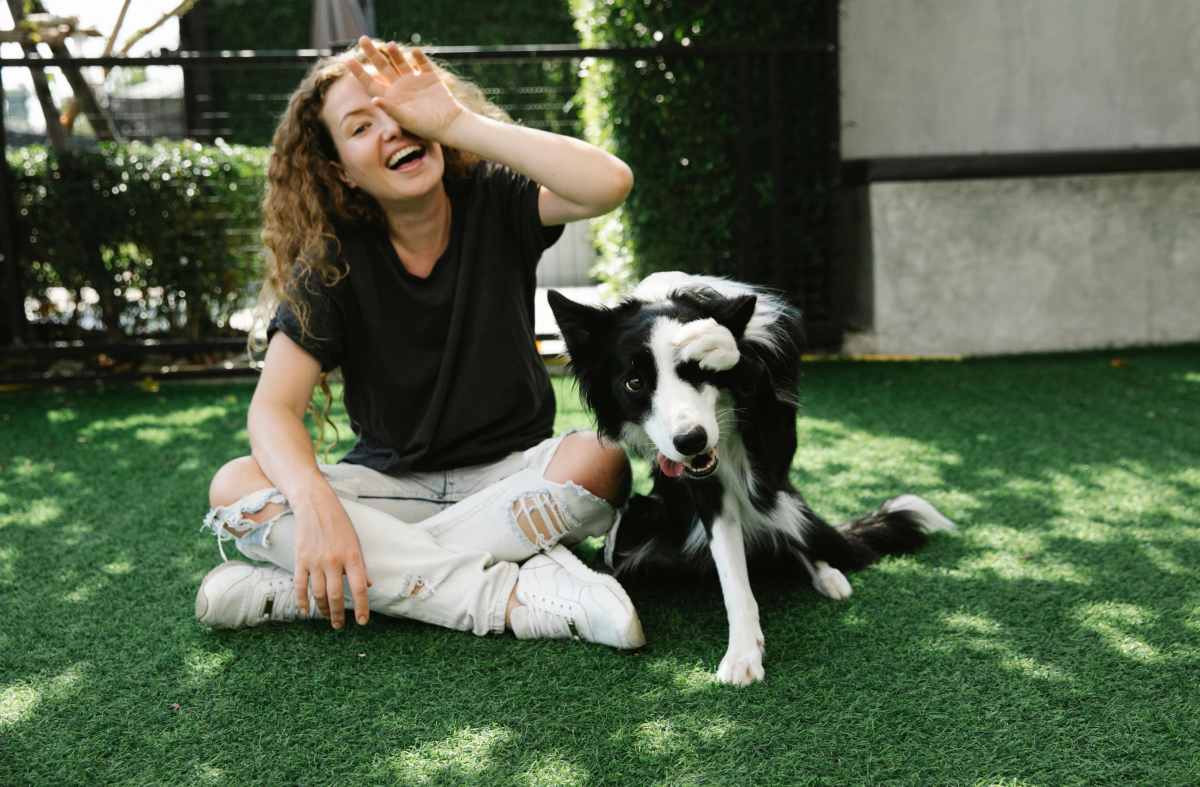Do dogs and cats really know what their owners think? An animal behaviorist puts all your doubts away

Imagine coming home after a tough day, and your cats and dogs run to comfort you - and it's just one of many ways they show affection. Every pet owner believes they share a special bond with their furry babies, which words can't describe. At the same time, they also wonder whether their animal companions truly understand what goes on in their minds. Well, several studies keep emerging, but Dr. Jon Bowen, a behavioral consultant at the Queen Mother Hospital for Animals in Hertfordshire, has a clear answer. “I’m sure your dog was showing empathy and support,” he said in his interview with The Guardian. “It’s part of why our mutual bonds with them are so powerful.”

Bowen explained that eye contact between owners and pets releases oxytocin, which plays a key role in forming deeper connections. He said the “bonding hormone” strengthens our ties. In his Seed Talks episode about The Psychology of Dogs, he reportedly mentioned that dogs have even decoded which side of our face to focus on when understanding the inner state of our minds. “When we try to read each other’s feelings, we tend to focus more – and for longer – on the left side of the face due to this asymmetry,” he shared. But dogs don’t have any specific side when they are intra-communicating. Still, they have managed to understand to focus on the left side when responding to us.

The ASPCA Pet Insurance report adds more evidence. In controlled studies, dogs were shown images of humans expressing happiness, sadness, anger, fear, surprise, and disgust. It was noted that the heart rates and stress levels changed in dogs depending on the expression, especially with fear, anger, and happiness. This suggests that dogs read our cues and adjust their behavior according to our tone of voice, facial expression, and body language. Cats do the same. They recognize the differing emotions and adjust their behavior or even vocalizations from a light “chatty” meow to a deep purr. However, not every researcher agrees with these findings.

The Guardian also notes that some studies would rather focus on the factor of emotional contagion rather than empathy. Dogs likely mirror our feelings without fully understanding them. In a study by the NIH, it was shown that dogs did distinguish between the varied human emotions, but empathy was not the reason behind it. Moreover, Dr. Karen Hiestand, a lecturer in veterinary and animal ethics at the Royal Veterinary College, Hertfordshire, whose research centres on human-animal relationships, said, “Attributing such qualities (empathy) to other species is considered anthropomorphism or ‘bad science’.”
While the research from Dr. Bowen and the ASPCA Pet Insurance Report showed that dogs and cats can recognize and react to human emotions, another study by the NIH and Dr. Hiestand suggested that they are simply responding to visible and audible cues rather than consciously understanding our inner state. Despite different opinions, all the evidence point to one common outcome: pet animals perceive their owners' emotional state, but how they do it remains questionable.